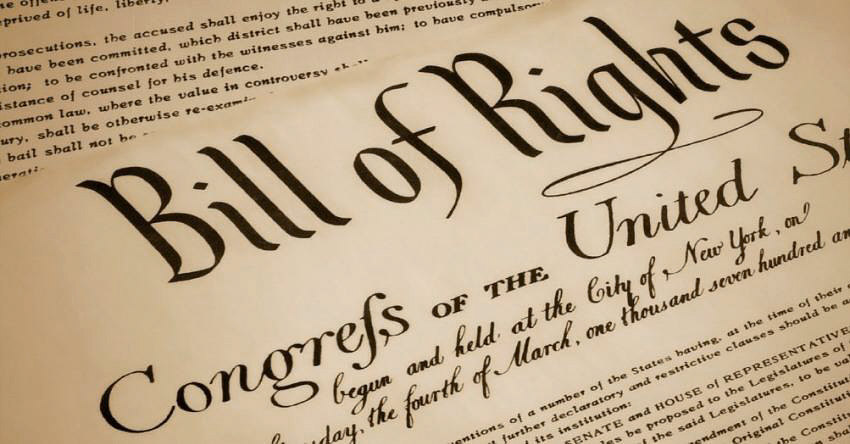

Did the Fourteenth Amendment Alter
the Meaning of the Second Amendment?
1791, not 1868, is the key date for determining the
original understanding of the Second Amendment
By Stephen P. Halbrook. Dec 14, 2022
(This is a follow-on piece from yesterday's article.)
When proposing the Fourteenth Amendment to Congress in 1866, Senator Jacob Howard referred to "the personal rights guaranteed and secured by the first eight amendments of the Constitution; such as freedom of speech and of the press; … the right to keep and bear arms…." He averred that "the great object" of the amendment was "to restrain the power of the States and compel them at all times to respect these great fundamental guarantees." The design was not to change the nature of the rights, but to prevent the states from violating them.
The Second Amendment was ratified in 1791, and the Fourteenth Amendment was ratified in 1868. The Supreme Court stated in D.C. v. Heller (2008) and repeated this year in N.Y. York State Rifle & Pistol Ass'n v. Bruen: "Constitutional rights are enshrined with the scope they were understood to have when the people adopted them." So do we look for that understanding in 1791 or in 1868?
The simple answer would be that the substantive nature of the right is defined by reference to its origins in 1791, while the understanding that it's a fundamental right intended to be applied to the states would be found in 1868. But litigation-driven, preconceived outcomes are at work, few firearm restrictions existed at the Founding but more were adopted in the decades after the Fourteenth Amendment, and the incentive thus exists for opponents of the right to keep and bear arms to root for 1868 as the crucial date in order to find historical analogues to current restrictive laws.
Bruen held that "when the Second Amendment's plain text covers an individual's conduct, the Constitution presumptively protects that conduct." To justify a regulation, the government "must demonstrate that the regulation is consistent with this Nation's historical tradition of firearm regulation."
..... 
![]()

























